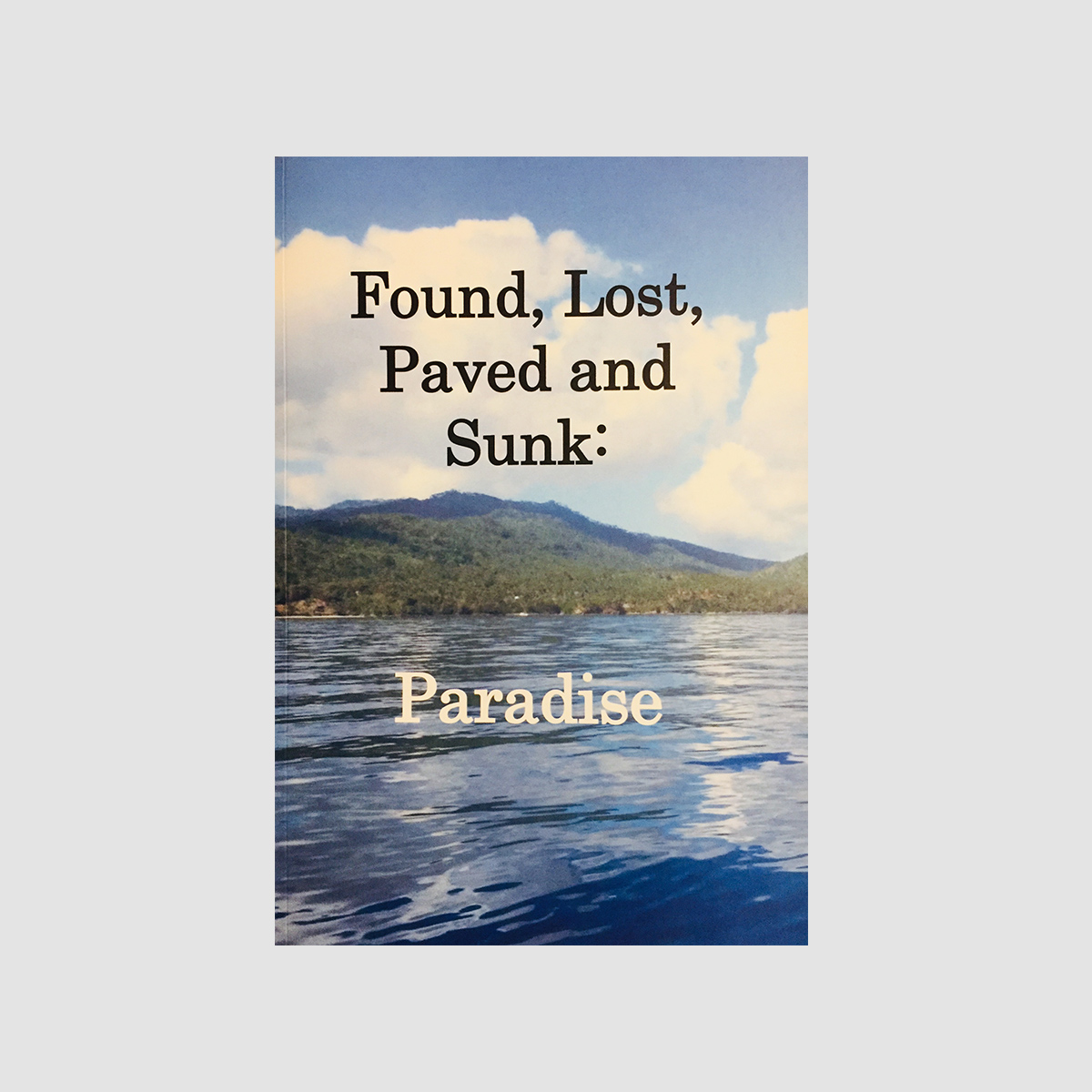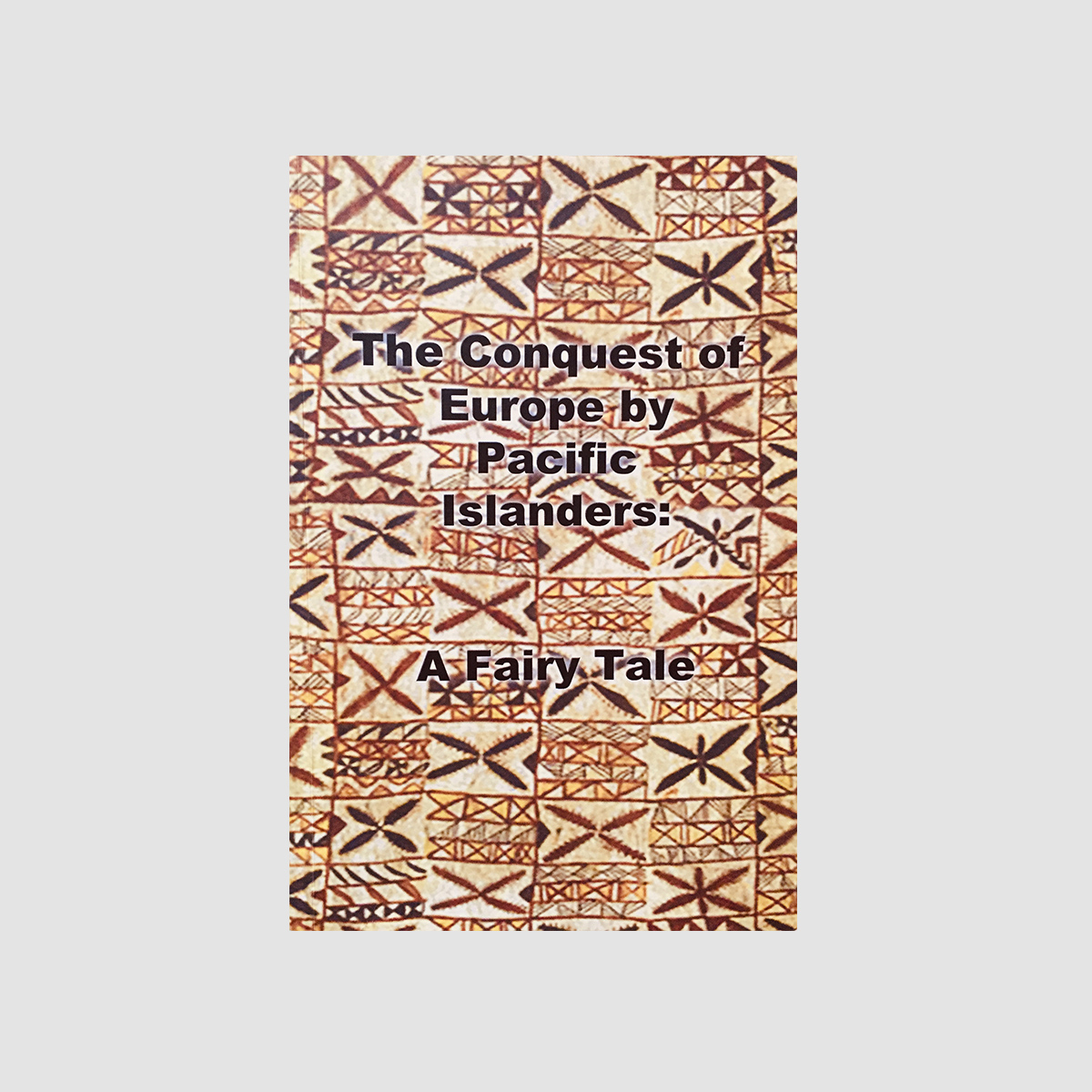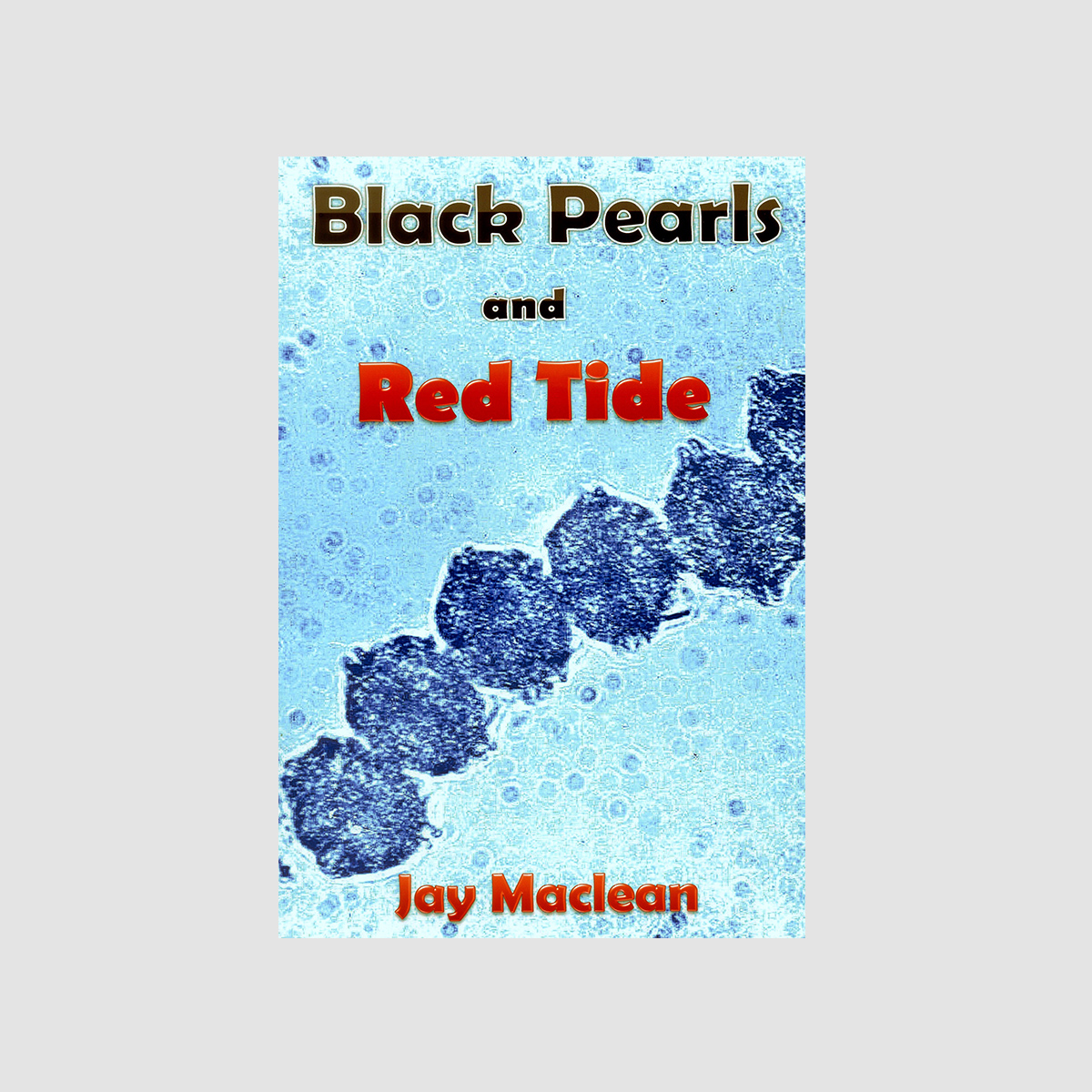Writings > Novels

Found, Lost, Paved, and Sunk: Paradise
Where is paradise on earth? Somewhere far from the maddening crowds, the cold, the politics, work, of course. People have been searching for their paradise for centuries, even before taxation was invented. The stories of those who wrote about their exploits often reveal more about themselves than the nature of the paradises they sought and sometimes found.
Did you know that Sir Walter Raleigh was the world’s first pusher of paradise real estate? Or that among the explorers of tropical paradises, the infamous Captain Bligh of the Bounty was quite humane and considerate? Or that Captain James Cook was the first westerner to get a tropical, full body massage—and was pretty coy about describing it? That the original Shangri-La paradise was a mix of ascetic monks on top of a Tibetan mountain with a tropical village of loose women at its foot?
That Thor Heyerdahl and his first wife honeymooned for a whole year in a remote tropical paradise, leading to his Polynesian migration theory and the Kon Tiki expedition? Found, Lost, Paved and Sunk: Paradise explores the mind set of artists, beachcombers, colonial administrators, developers, explorers, hermits, missionaries, mutineers, philosophers, scientists and writers, not to mention the native residents who were already living in the paradises they sometimes describe.
Learn about the mechanics and problems of living in a paradise, dealing with neighbors both onshore and offshore, shelter, water, and health. Learn about the fate of paradises under colonialism and climate change. Learn also about the opinions of other animals and plants; where is their paradise?

The Conquest of Europe by Pacific Islanders
Today, Pacific islanders have lost most of their tropical culture and have become unwilling citizens or dependents of temperate countries; following modern western democracy and societal norms, which date back but a few generations, replacing the islanders’ far longer-standing societies. What if history had gone another way? What if the Pacific islanders had taken over those temperate countries instead? That would have been impossible, of course, or would it?
This is a novel of high adventure with many messages. Its consequences would have resulted in a surprising fate for humanity and society far different to the uncertain fate of the world and its societies today.

Black Pearls and Red Tide
The strange death of three young children in a small coastal village in faraway Papua New Guinea in March 1972 did not rate a mention in the territory’s annual report that year to its Australian governors—let alone make a ripple in international ponds. Yet, it was an event of incredible proportions. It marked the end of a chain of knowledge that extended back more than 45,000 years; it heralded the beginning of an era of immense, baffling phenomena and disasters around the world; and it marked the rise of a deadly toxin from the seabed that would spread from country to country.
It is a story that encompasses much of the globe, from the Pacific islands to Asia—Brunei Darussalam, Indonesia, Japan, Malaysia and the Philippines—to the Middle East—Persian Gulf and Red Sea, and the Egypt of the Pharaohs—to the Pacific and Atlantic coasts of the Americas, and to Australia and Antarctica. It is a detective story too, about who or what killed the three children, taking us in helicopters, light planes, speedboats and a naval patrol vessel, and on underwater explorations. It is a romance spanning a period from the tail end of the Paleolithic era, pausing for a less ancient exodus, that of the Jews from Egypt, and for Cleopatra’s—incredibly expensive as we will see—dinner with Marc Antony, and leap-frogging through events over the following two millennia via connections with Spanish kings, Napoleon Bonaparte, and the most famous pair to play the part of Cleopatra and Marc Antony in modern times: Elizabeth Taylor and Richard Burton.
Finally, it is the story of a young scientist sent unknowingly as a spy into Papua New Guinea shortly before its independence. How did he find himself enmeshed in the threads of this strange puzzle and what did he discover?
